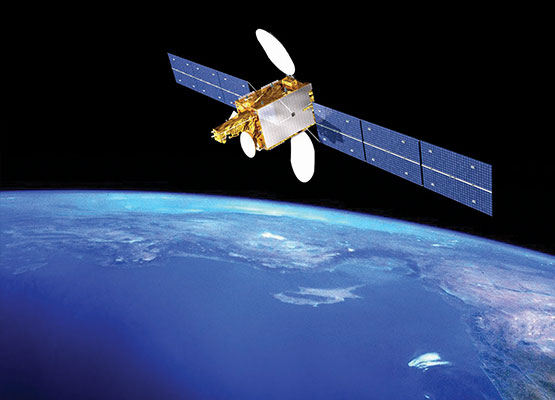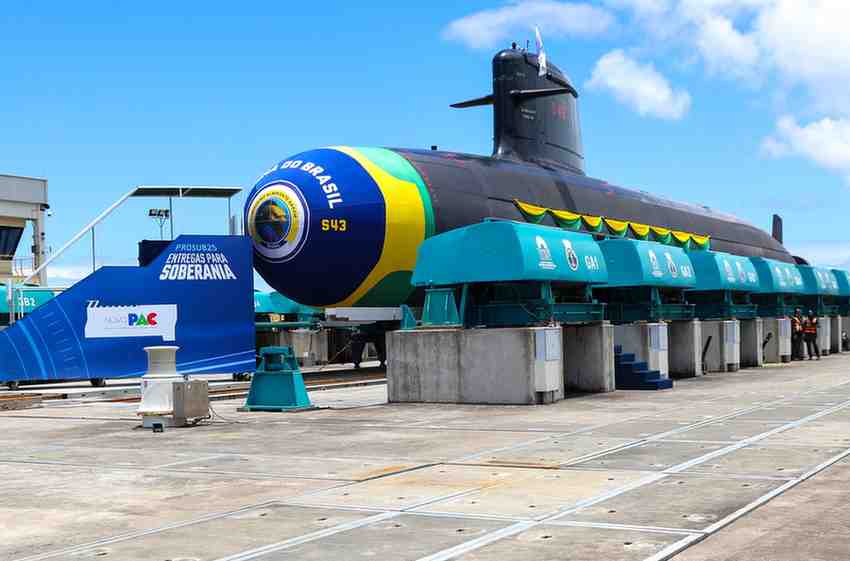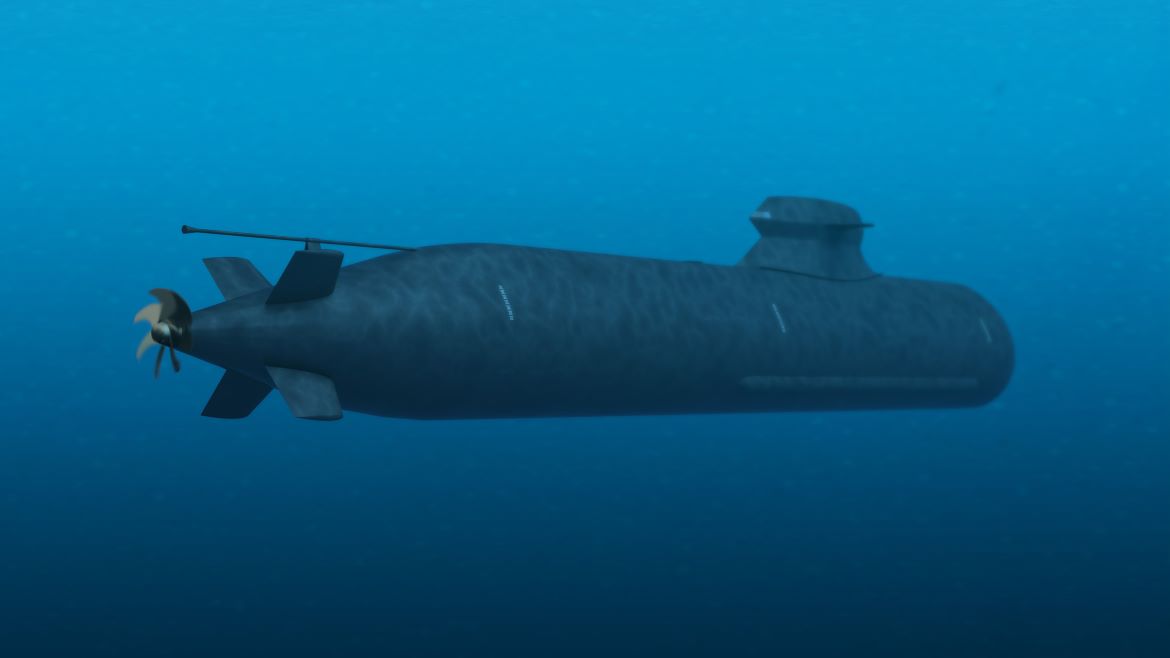Pakistan achieved a major milestone on 31 July 2025 by launching its latest remote sensing satellite, PRSS-2, in collaboration with the China Electronics Technology Group Corporation (CETC) and MICROSAT China from China’s Xichang Satellite Launch Centre (XSLC). According to a press release of the Ministry of Foreign Affairs of Pakistan, “the satellite would significantly enhance Pakistan’s capacity for high-resolution, round-the-clock earth observation as the cornerstone of an integrated Earth Observation system.” The Chairman of Pakistan’s national space agency, Space and Upper Atmosphere Research Commission (SUPARCO), Muhammad Yousaf Khan, in his statement, highlighted that “the satellite would serve national priorities and contribute meaningfully” to Pakistan’s socio-economic development.
Pakistan launched its first satellite, Badr-1, on 16 July 1990. Since then, the country’s space programme has progressed steadily. Pakistan subsequently launched satellites in collaboration with China in 1996, 2001, 2011, 2013, 2018, 2024, and 2025. As of now, Pakistan has seven satellites in orbit. Pakistan’s space programme has achieved unprecedented progress in recent years. SUPARCO has made significant strides in space exploration and satellite technology through indigenous capacity building and with international collaboration. These efforts are in line with the “Space Vision 2047,” which aims to launch five geostationary satellites, six Low Earth Orbit (LEO) satellites, send an astronaut into space, and build Pakistan’s own satellite launch capability. It has not only accelerated Pakistan’s technological progress but also elevated its profile in the international spacefaring community.
On 3 May 2024, Pakistan achieved a historic milestone by sending its first lunar orbiter, iCube-Qamar (iCube-Q), into the Moon’s orbit. The lunar orbiter, designed by the Institute of Space Technology (IST) Islamabad, has multiple objectives, including capturing detailed images of the Moon’s surface, processing visual data in orbit, and testing emerging technologies such as nanosatellite-level communication systems and low-cost platforms for deep space exploration. The iCube-Q was launched from China’s Hainan Space Launch Site as part of the Chang’e-6 mission. The lunar orbiter took nearly two years to develop, through close technical coordination and sustained research efforts between IST faculty and students, SUPARCO, and China’s Shanghai Jiao Tong University (SJTU). With the launch of this mission, Pakistan became the sixth country in the world to send a research orbiter to the moon, joining a select group of nations that have achieved this milestone.
On 30 May 2024, just days after the historic launch of the lunar mission, Pakistan launched a new communication satellite, PakSAT-MM1, a joint venture between SUPARCO and the China Aerospace Science and Technology Corporation (CASC). According to information released by SUPARCO, PakSAT-MM1 is a high-power, multi-mission satellite designed to provide various communication services. It is equipped with a space-based augmentation system (SBAS), which offers public and authorised services to users in aviation, transportation, survey and mapping, precision agriculture, urban planning, and disaster management. Moreover, the MM1 satellite is designed to enhance the efficiency and reliability of internet and telecom services nationwide.
On 17 January 2025, SUPARCO launched Pakistan’s first indigenous Electro-Optical (EO-1) satellite from China’s Jiuquan Satellite Launch Centre, marking a significant achievement for Pakistan’s space programme. According to SUPARCO, the satellite employs electro-optical sensors to collect data by detecting and measuring reflected sunlight and emitted radiation. It will bolster Pakistan’s ability to manage natural resources, respond to natural disasters and support sustainable development efforts. It will also help to monitor agricultural productivity and predict agricultural yield. The launch of EO-1 signifies two essential factors: first, Pakistan’s advancement in the indigenisation of space technology, and second, continuing cooperation between Pakistan and China in the aerospace domain.
In February 2025, Pakistan and China signed an agreement under which China has committed to selecting and training two Pakistani astronauts, who are expected to join a mission to the Tiangong Space Station in October 2026 after a one-year training period in China. According to China Manned Space Agency’s (CMSA) spokesperson, Lin Xiqiang, the Pakistani astronaut will participate in the joint space mission as payload specialist and will be responsible for conducting experiments.
The successive achievements of Pakistan’s space programme are not confined solely to advancements in space science and technology but also encompass growing collaboration with international institutions and forums. SUPARCO enjoys permanent membership in several international organisations, institutes, and United Nations (UN) entities. Pakistan is also a Party to all five UN treaties on international space law, which govern the peaceful uses of outer space.
Pakistan is also a member of the United Nations Committee on Peaceful Uses of Outer Space (UNCOPUOS), an international forum that discusses future developments and issues related to space activities. The forum provides Pakistan with a platform to exchange views with other states with advanced space programmes. Since 2010, Pakistan has also been part of the United Nations Platform for Space-based Information for Disaster Management and Emergency Response (UN-SPIDER), a platform that was initiated in 2006 with the mission to “ensure that all countries and international and regional organisations have access to and develop the capacity to use all types of space-based information to support the full disaster management cycle.”
China, the ironclad brother and all-weather friend of Pakistan, has played a pivotal role in boosting Pakistan’s space programme. According to Statista Research Department’s report released on 28 January 2025, China is the second-leading space power after the United States, with an expenditure of USD 19 billion on its space programme in 2024. China’s major milestones, such as the Tiangong Space Station, lunar sample-return missions, and the development of the BeiDou Navigation Satellite System, as well as the Zhurong, a robotic rover mission to Mars, highlight its technological prowess in the realm of space technology.
The most remarkable achievement of Pak-China space collaboration is the establishment of the Asia-Pacific Space Cooperation Organisation (APSCO). According to the convention of APSCO, the organisation aims to strengthen multilateral cooperation among the countries of the Asia-Pacific region in the field of space based on principles of multilateral cooperation in the peaceful application of space science and technology. Pakistan, as a founding member of the organisation, participated in the Small Multi-Mission Satellite (SMMS) programme, which helped Pakistan design and develop its indigenous satellites.
Space is fast emerging as a strategic domain, and every resourceful enough state is investing in the development of its own ‘eyes in the sky’. For Pakistan, advancing space capabilities is crucial not only for strengthening national defence through timely intelligence and surveillance, but also for driving socioeconomic development through its applications in communication, agriculture, disaster management, and education. Pakistan’s space programme is designed to serve the national interest across the spectrum of space applications. Pakistan is endeavouring to integrate space data and applications into all aspects of government planning to achieve eight UN Sustainable Development Goals (SDGs): SDG 2 – zero hunger, SDG 3 – good health and well-being, SDG 4 – quality education, SDG 6 – clean water and sanitation, SDG 8 – decent work and economic growth, SDG 9 – industry, innovation and infrastructure, SDG 13 – climate action and SDG 15 – life on land.

Zeeshan Hyder
Zeeshan Hyder is a Research Officer at the Center for International Strategic Studies Sindh (CISSS). He has done M.Phil. in International Relations from the University of Karachi. His research focuses on South Asian security and outer space.
- This author does not have any more posts.













